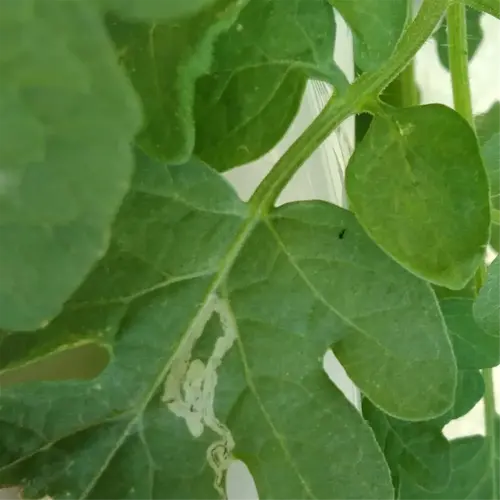Can this method work in areas with heavy rainfall?

Written by
Julia Anderson
Reviewed by
Prof. Charles Hartman, Ph.D.The lasagna gardening method lends itself quite well to heavy rains and downpours if it is designed correctly. In my garden on the Oregon coast, it rains 65 inches a year, which is three times the national average. By placing large coarse twigs and gravel on the bottom of the structure, I eliminate root rot while maintaining nutrient-rich soil. Weed barriers that do not use plastic are a must in this area.
Drainage Solutions
- Install 4-inch gravel base under cardboard
- Slope top layer 2% away from plants
- Use breathable landscape fabric instead of plastic
- Add sand to clay soils (1:4 ratio)
Material Priorities
- Choose rot-resistant cedar chips over pine
- Layer burlap between greens for airflow
- Avoid mat-forming leaves like maple in wet zones
- Replace newspaper with straw in >50-inch rain areas
Keep track of soil moisture levels at $15 for a tensiometer. Moisture readings should be in the 10-30 kPa range during the rainy season. My clients in Washington combine rice hulls into the layers to help remediate waterlogging.Rice hulls will hold up to 3 times their weight in weight while breaking down. Adjust the thickness of each layer for every 4 inches of rainfall in the month.
Emergency Fixes
- Insert vertical PVC pipes as drainage vents
- Remove top 6 inches during downpours
- Apply gypsum (1 lb/sq ft) to break up clay
Mold Prevention
- Turn layers weekly with broadfork
- Add crushed charcoal (5% volume)
- Plant antifungal marigolds at edges
Long-lasting success has its roots in the natural floor of a forest ecosystem. My rainiest bed combines alder branches, fern fronds, and mushroom compost for a native Pacific Northwest forest edge. After two seasons, earthworm populations tripled, creating self-aerating channels that work more efficiently than a French drain.
Read the full article: Lasagna Gardening Method: 10 Essential Steps for Success

